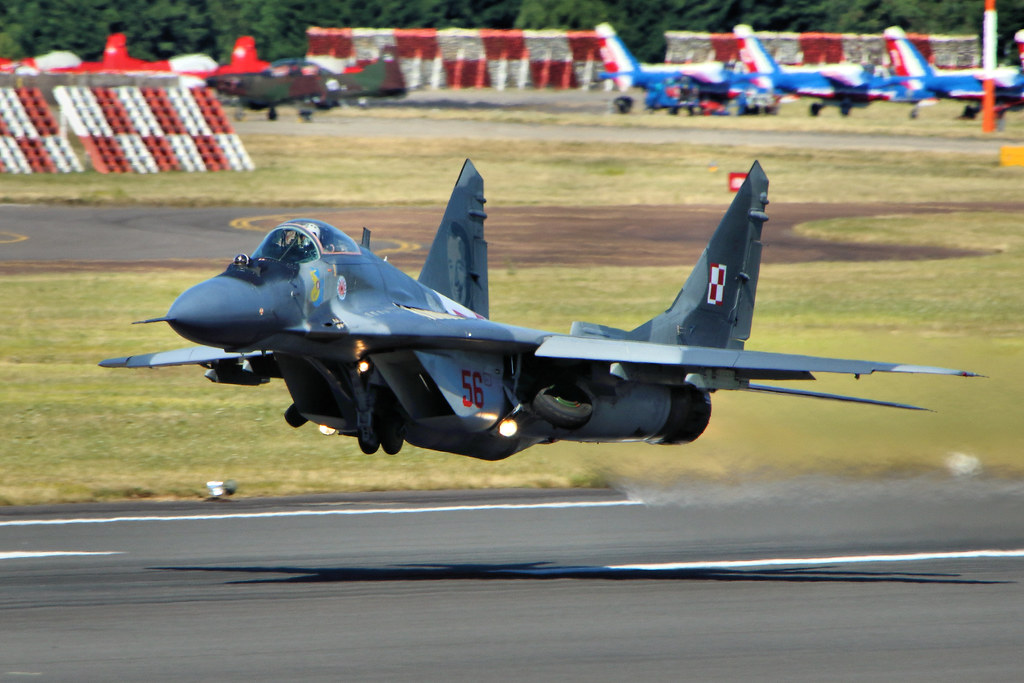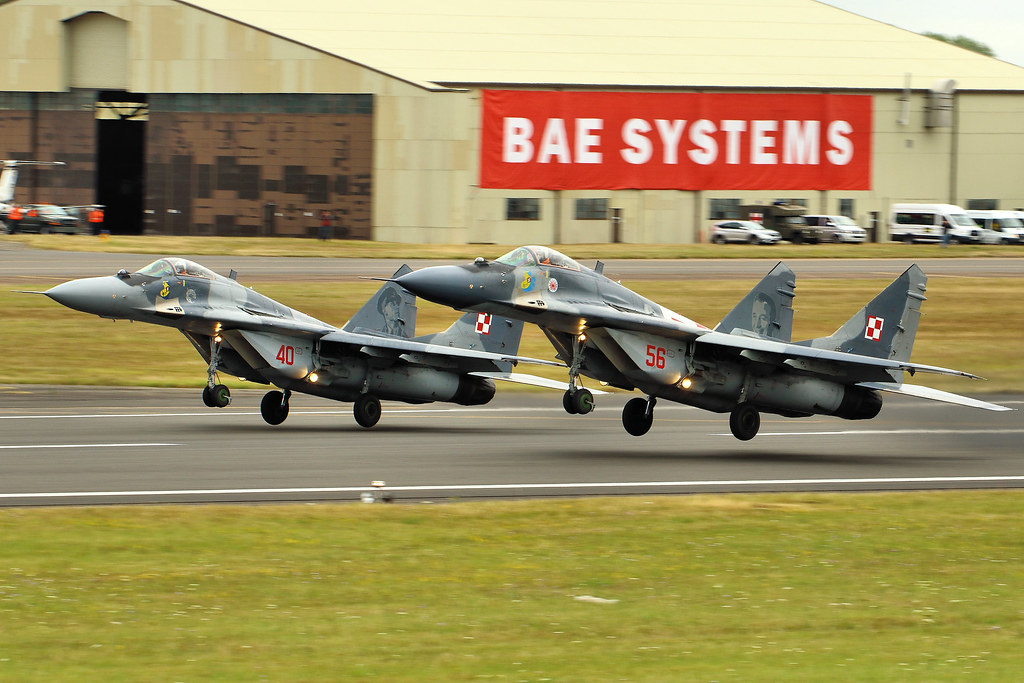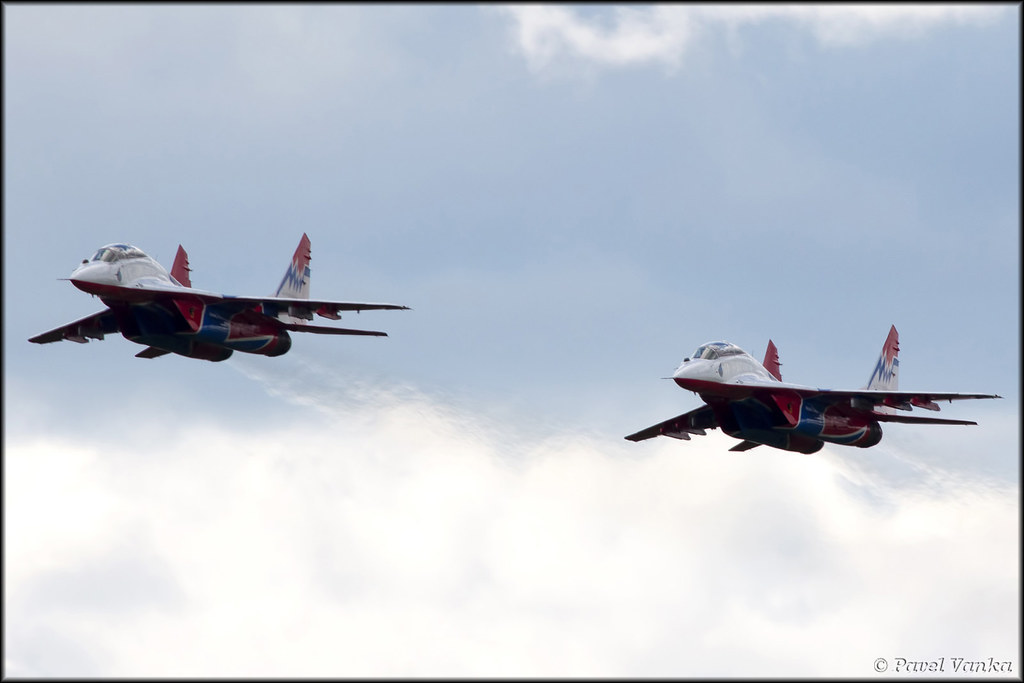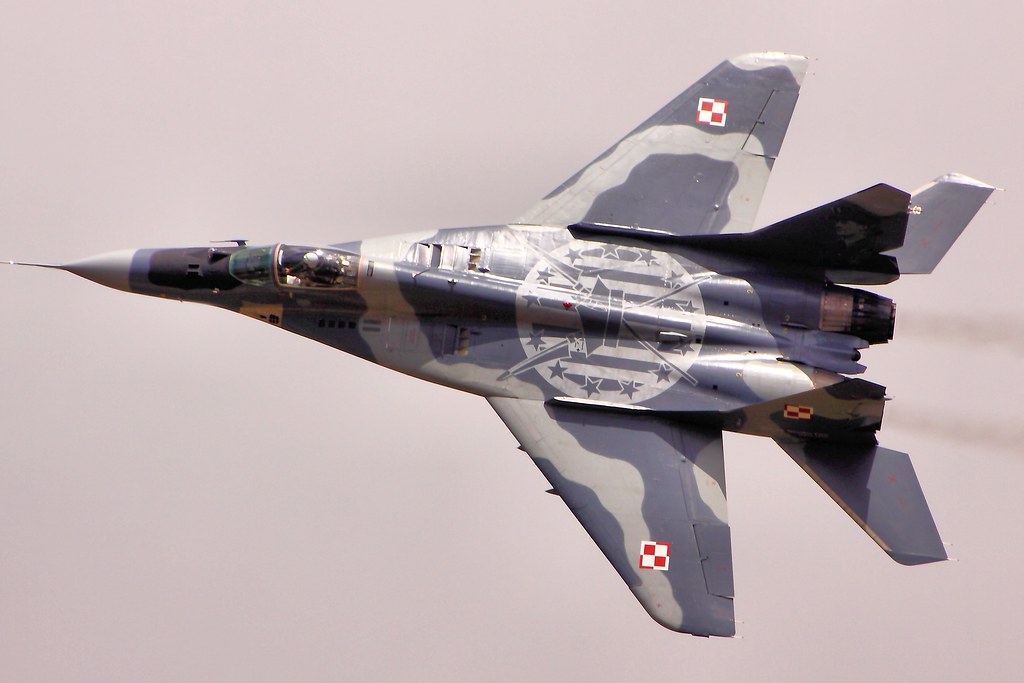
In the annals of military aviation, few stories spark as much intrigue as that of the United States’ acquisition of Russian-built MiG-29 fighters, a move emblematic of post-Cold War realignments and a testament to the clandestine maneuvers that shape global defense policies.

In the twilight of the Soviet era, the Mikoyan MiG-29 “Fulcrum,” developed as a direct counter to American airpower such as the F-15 and F-16, emerged as a formidable air superiority fighter. The aircraft’s integration into service in 1983 marked a significant moment for Soviet aviation, with over 1,600 units produced and a number still operational with Russia and former Soviet republics today.

As the Cold War thawed, the reunified Germany incorporated East German MiG-29s into the Luftwaffe, offering US pilots an unprecedented opportunity to test their mettle against a once-potential adversary.

Through aerial exercises, the MiG-29’s agility in short-range dogfights at low speeds impressed the Americans, revealing a diminishing advantage in closer engagements.

This hands-on experience was fortuitously augmented in 1997, when the U.S. strategically diverted 21 MiG-29s from the former Soviet republic of Moldova through the Cooperative Threat Reduction (CTR) program.

Moldova, grappling with the maintenance costs of its inherited arsenal, had caught the attention of Iran—a concerning prospect for U.S. policymakers intent on stymieing Tehran’s nuclear ambitions.

The U.S. initiative to procure these fighters for $40 million—also providing humanitarian assistance—effectively preempted Iran’s acquisition of the advanced MiG-29C variant capable of nuclear weapon delivery.

Transported secretly to Wright-Patterson Air Force Base in Ohio, the MiGs represented an intelligence coup, affording the U.S. Air Force, Navy, and Marine Corps invaluable evaluation data and training opportunities.

Despite the mysterious aura surrounding the operational use of these aircraft, what is known underlines their pivotal role in advancing American aerial combat technologies.

The MiG-29’s advanced systems, including a superior helmet-mounted cueing system, offered insights that likely informed and improved U.S. targeting capabilities. American test pilots acknowledged that the MiG-29, in certain aspects, matched or surpassed the performance of U.S. counterparts.

Moreover, the acquisition of the MiG-29s underscored the pragmatism of U.S. intelligence work during a crucial period of transition, providing the Air Force with a deeper understanding of potential adversaries.

While most of the MiGs were eventually scrapped, a few remain on display at various military bases, tangible relics of a bygone era of espionage and airpower rivalry.

The MiG-29 saga is emblematic of the ever-evolving nature of military technology and strategy.

It reveals a chapter where the U.S. navigated the complex aftermath of the Soviet Union’s collapse with shrewdness, ensuring an edge in aerial combat that continues to resonate in the tactics and equipment utilized by American pilots today.

As the MiG-29 continues to soar in the skies of contemporary conflict zones, the lessons extracted from its design and capabilities will indubitably persist in shaping the contours of future air warfare.
Relevant articles:
– The Story of America’s Remarkable Russian-Built MiG-29 Fighters, The National Interest
– The Incredible Story of America’s Russian-Built MiG-29 Fighters, The National Interest
– America Secretly Bought 21 Russian-Built MiG-29 Fighters, nationalinterest.org

